Every now and then, a change comes in the development world. A change that sets the course of the industry.
This change is usually seen on the language front, where either old languages update into something more powerful or new languages emerge to solve the issues of the previous languages.
Today, we are going to compare two old languages which have stood the test of time to be declared robust. PHP vs Python.
Before we get on to their comparison, it would be wise to come on the same page by knowing what the two languages are and the set of advantages and limitations that they come with.
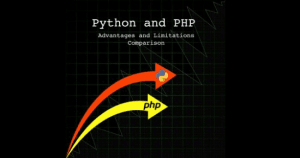
What is Python?
Python is one of those web development languages that you can call ‘best’. It is a non-complex, high-level, object oriented interpreted language that possess an amazing built in data structure that is connected with dynamic binding and typing.
What is more attractive in this cross-platform language is that it is a scripting language which proficiently binds and combines multiple components together.
Advantages of Python Language
- Object-oriented and multi-platform supporting programming language
- The WORA functionality makes it portable.
- Extreme readability making it easy for amateur developers to learn.
- Being open-source, it is extremely accessible.
- It is constantly evolving.
Limitations of Python Language
What is PHP?
The acronym don’t actually justify the full-form: Hypertext Preprocessor. It is an open-source server-side, scripting language, which facilitates web application development.
In addition to it, embedding PHP in the HTML is possible, which helps in the development of dynamic web pages, database applications, and eCommerce applications. Developers tend to look at it as a friendly language that helps initiate a connection with databases such as MySQL, and Oracle, etc.
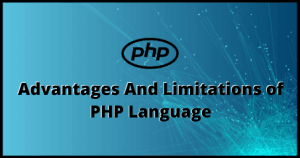
Advantages of PHP Language
- Comes with a massive ecosystem
- Open-source and object-oriented languages having an active community
- Interoperability feature offers multiple pluggable frameworks
- Helps in first-class debugging
Limitations of PHP Language
- Threaded and slow execution
- Less support from the Internet of Things community
- Restricted control and visibility
- Dependent on external factors.
Some of the popular applications built on the PHP language are: WordPress, Wikipedia, Facebook, and Yahoo, amongst others.
Now that we have looked into what both the languages entail, let us get to the difference between them.
PHP vs Python: Where Do They Stack Up Against Each Other
Speed & Performance
Speed is more or less synonymous to performance when it comes to web apps.
In case of PHP vs Python comparison, it is no different. It is necessary for web applications to perform sans errors while processing multiple requests at the same time.
PHP is a lot more effective at speed. They allow develoeprs to complete the tasks upto 3 times faster.
Code Readability
Syntax is a prime factor that separates PHP and Python. The PHP syntax resembles that of C language on some front.
The developers need to be careful of the using curly brackets, additional characters, and operators.
Talking of Python, syntax is made on code separation using tabs and spaces, which expedites the coding process. Additionally, the syntax is extremely readable.
Library Support
What brings Python several steps ahead of PHP is the fact that it comes with an exceptional extensive and well formatted library for all Python applications type.
Although PHP lags behind on some grounds, Packagist, its packages repository is extremely popular with the developers.
Debugging
An exact verdict on which language is better when it comes to debugging capability lies with both the languages.
The reason is because Python comes with a Python Debugger, which is an extremely well-documented, facile debugger. PHP, on the other hand, comes with a XDebug package. Both of them offer basic debugging features like path mapping, stacks, breakpoints, etc.
Usability
Considering the languages’ architecture is important for comparing languages.
Both PHP and Python are object-oriented, meaning they compress the code modules which contains functions and data in objects. For a developer who is familiar with object-oriented programming, both the languages are equally easy to learn.
Front-End Feasibility
Web programmers always wish for the development of layout or front-end of websites and portals with variety of effective tools in addition to languages like CS, Angular, Bootstrap, etc.
Python offers multiple opportunities for adopting same technique and later combining with the Python code by employing the frameworks.
Python, on this front wins over PHP.
Package Management
In case of Python, the package managers are effective when it comes to organizing code and keeping backups along with the versions.
It enables the developers by keeping them on track with their progress when helping businesses perform updates on activities.
On the other hand, while PHP comes with package management, it doesn’t match the quality of PIP, the tool to manage and then install Python packages. It also enables developers to install, upgrade and then uninstall while incorporating wide source range.
Popularity in the Market
The graph above surmises the fact that Python is the most searched language in the USA compared to Python.
It has also been observed that over 7,212,664 websites have been created with PHP, while the number of Python is 146,702.
Additionally, PHP is leading in nations like Japan, US, Germany, and over 150+ other countries.
So, here were the pointers that differentiates the languages from each other. Now that you know how the two languages stack up against each other, get in touch with a sound mobile app development agency to get an understanding of which language would be better for your project.
Both of them come with their share of advantages and limitations that might suit one app type over another. And thus, it is important to involve an agency that has an understanding of both.


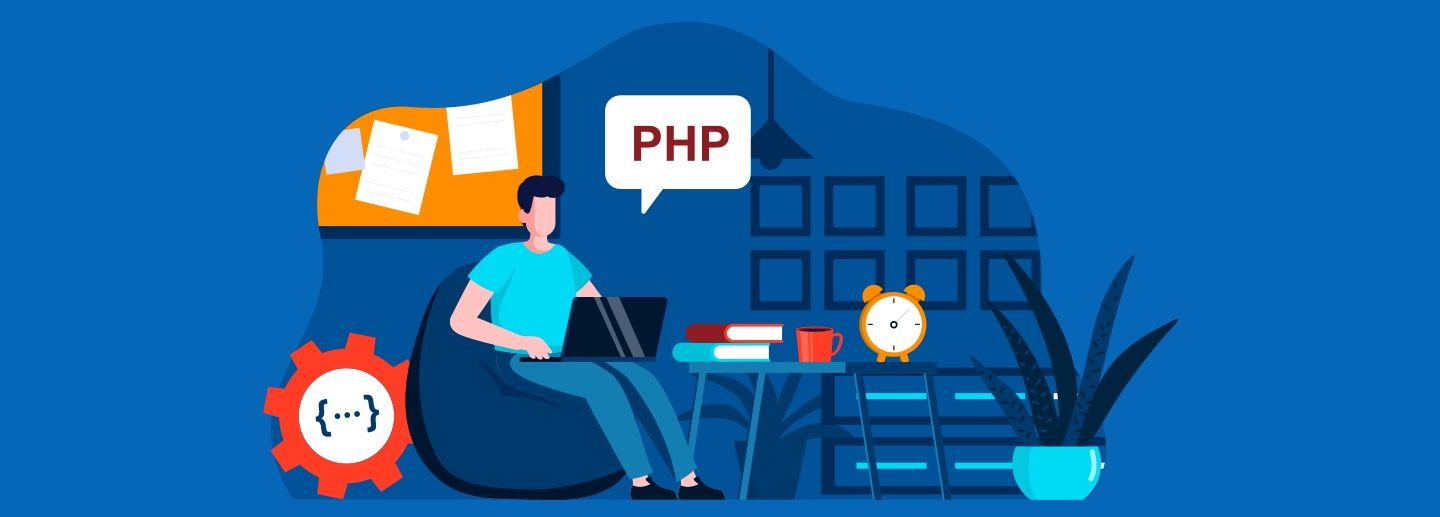
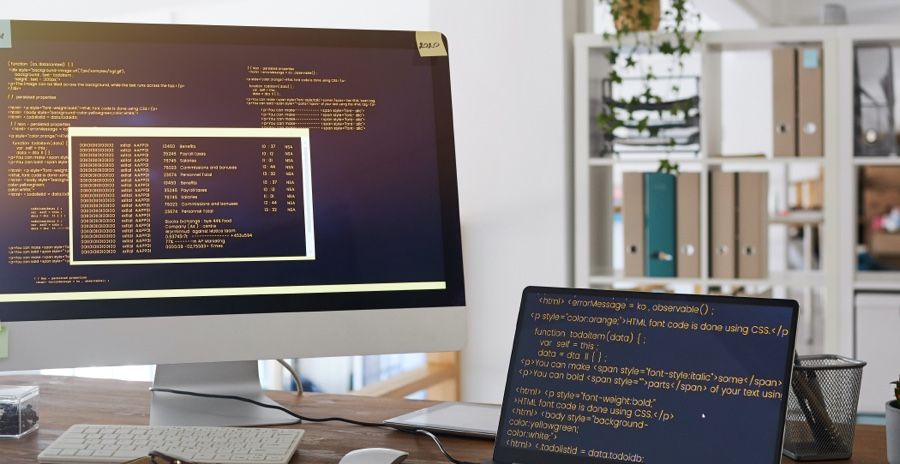
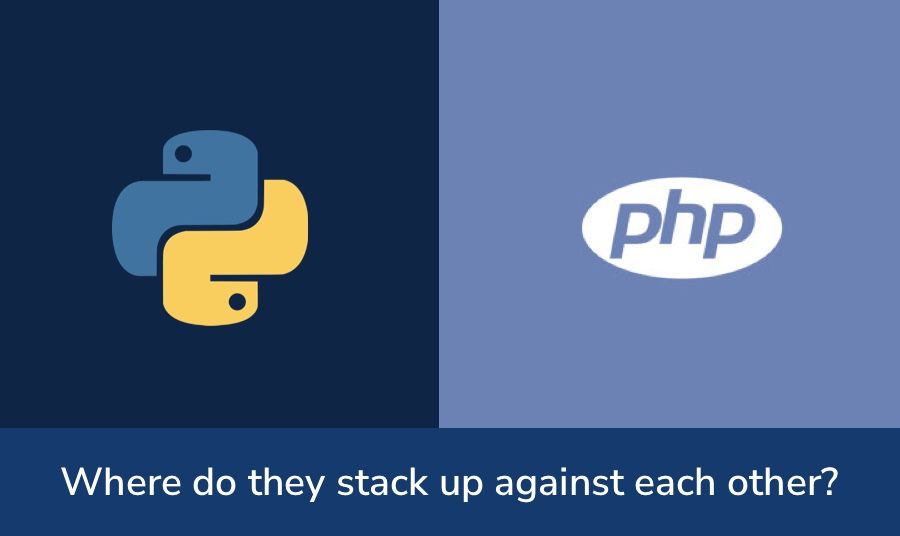







Leave a Comment
Your email address will not be published. Required fields are marked *